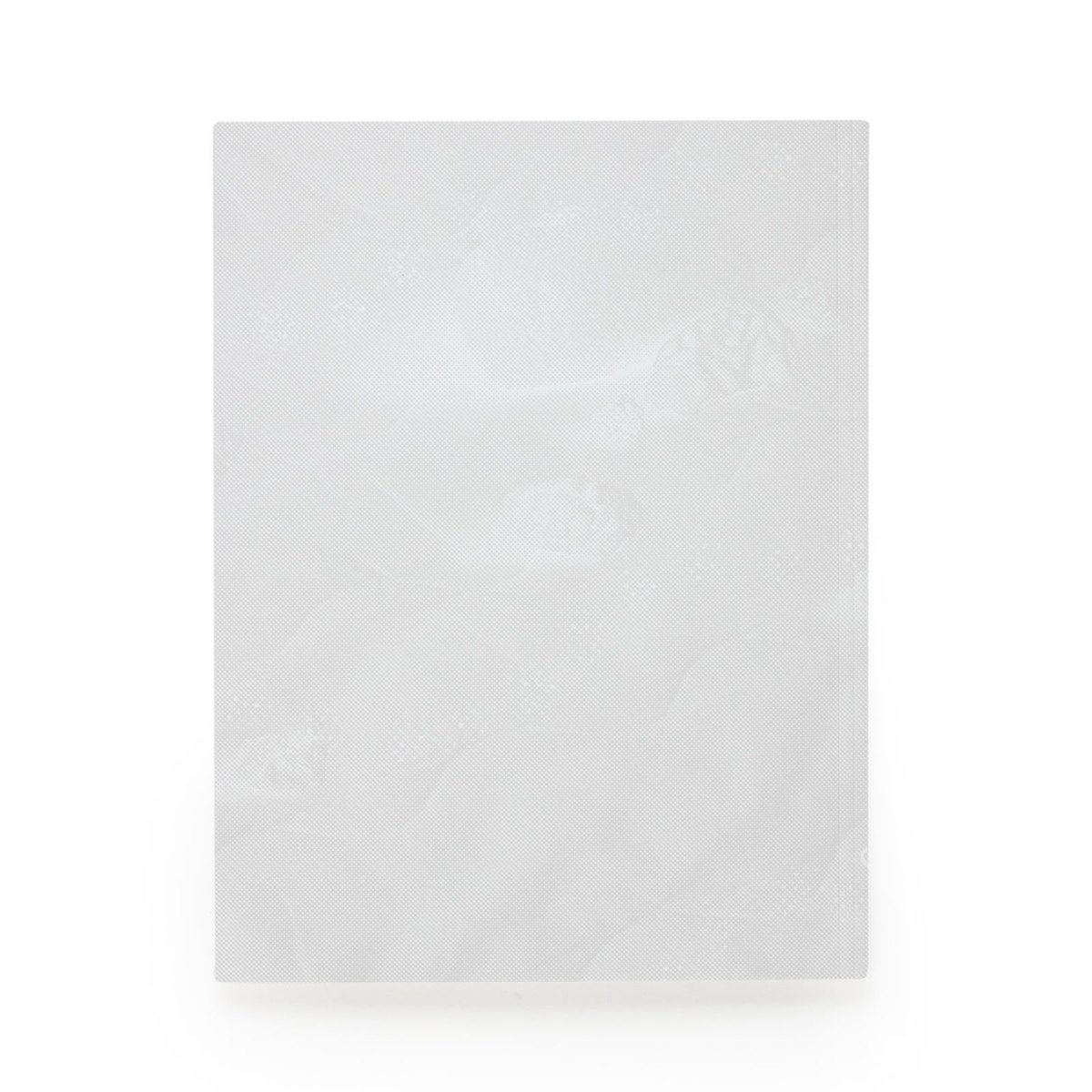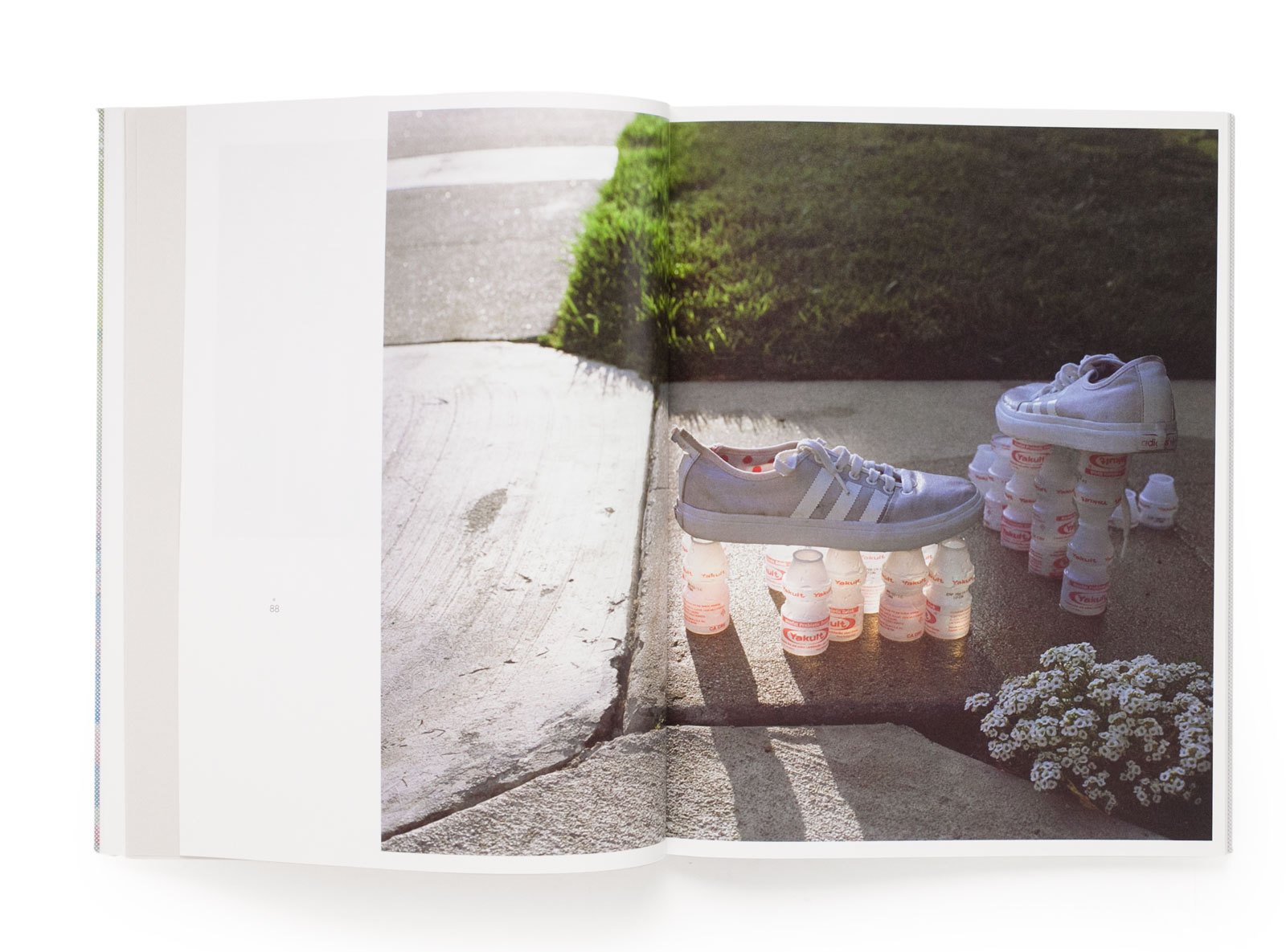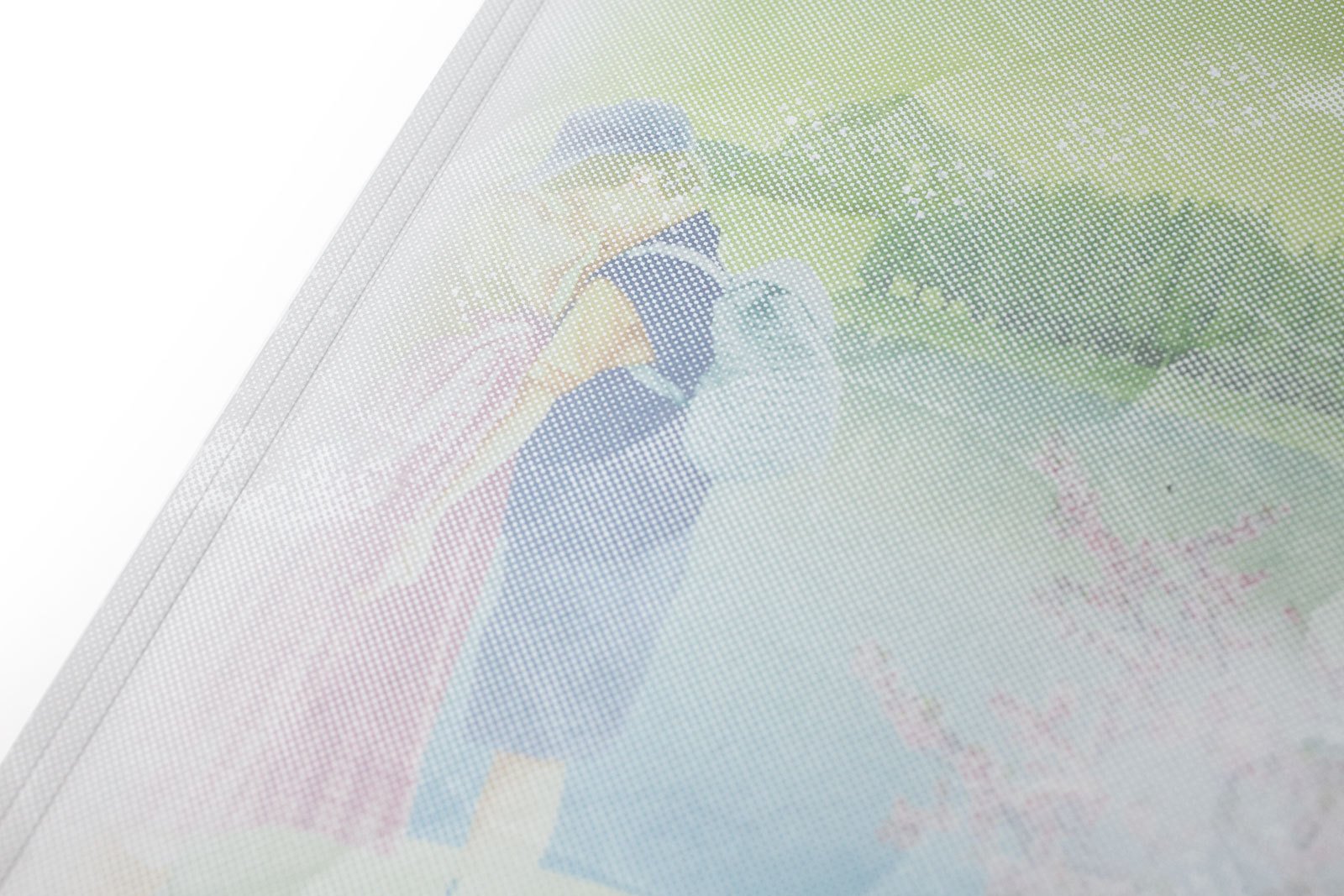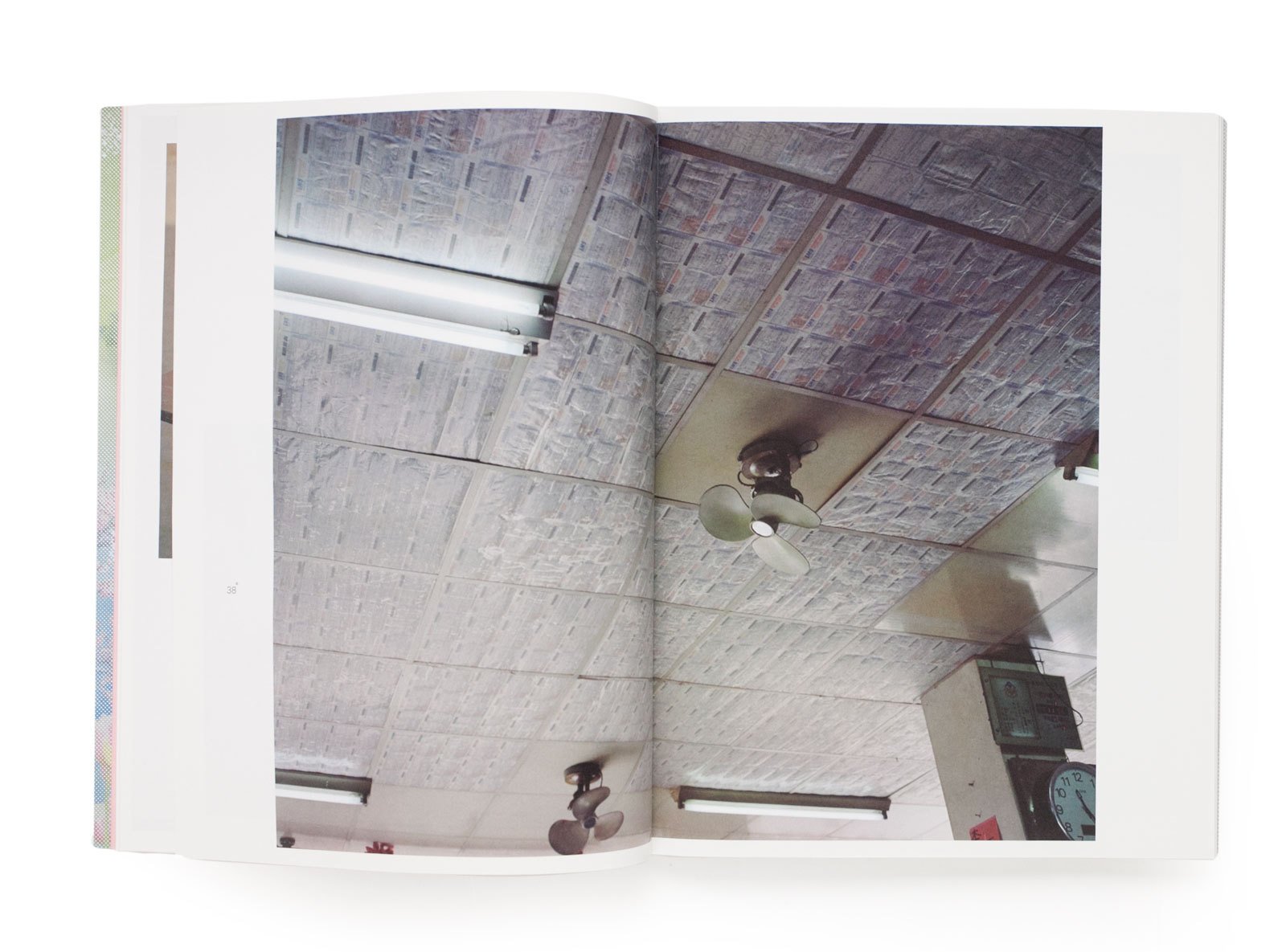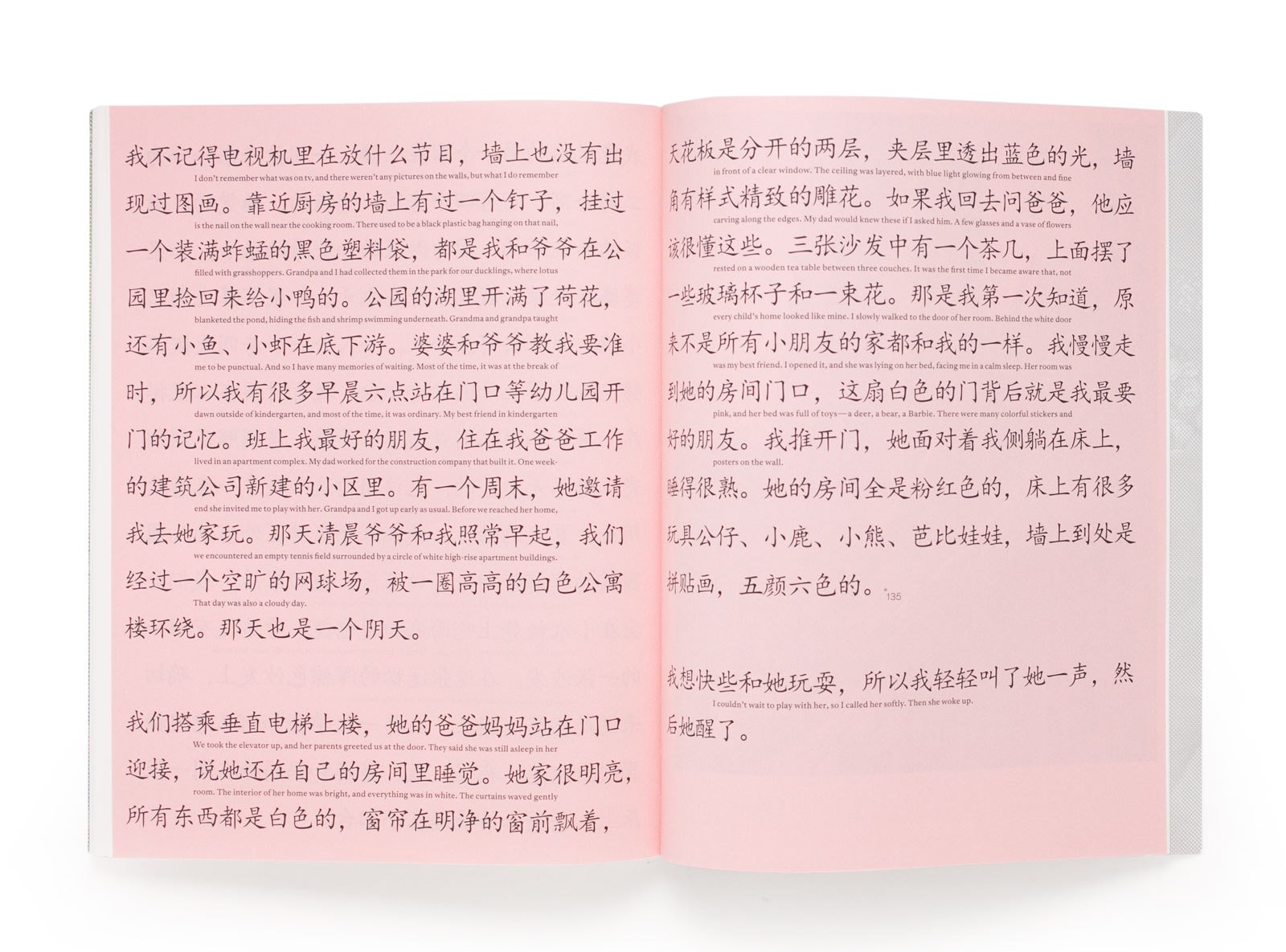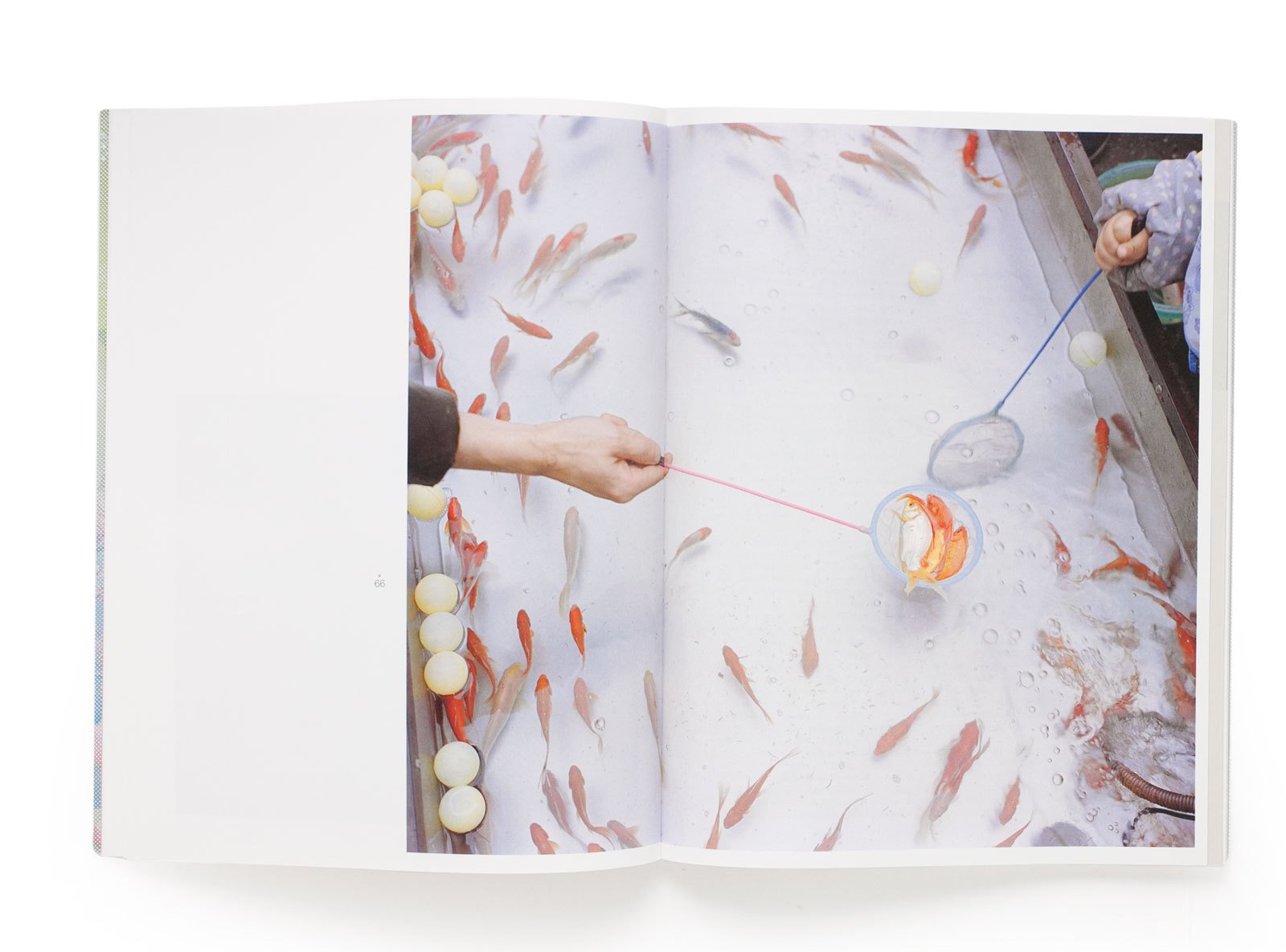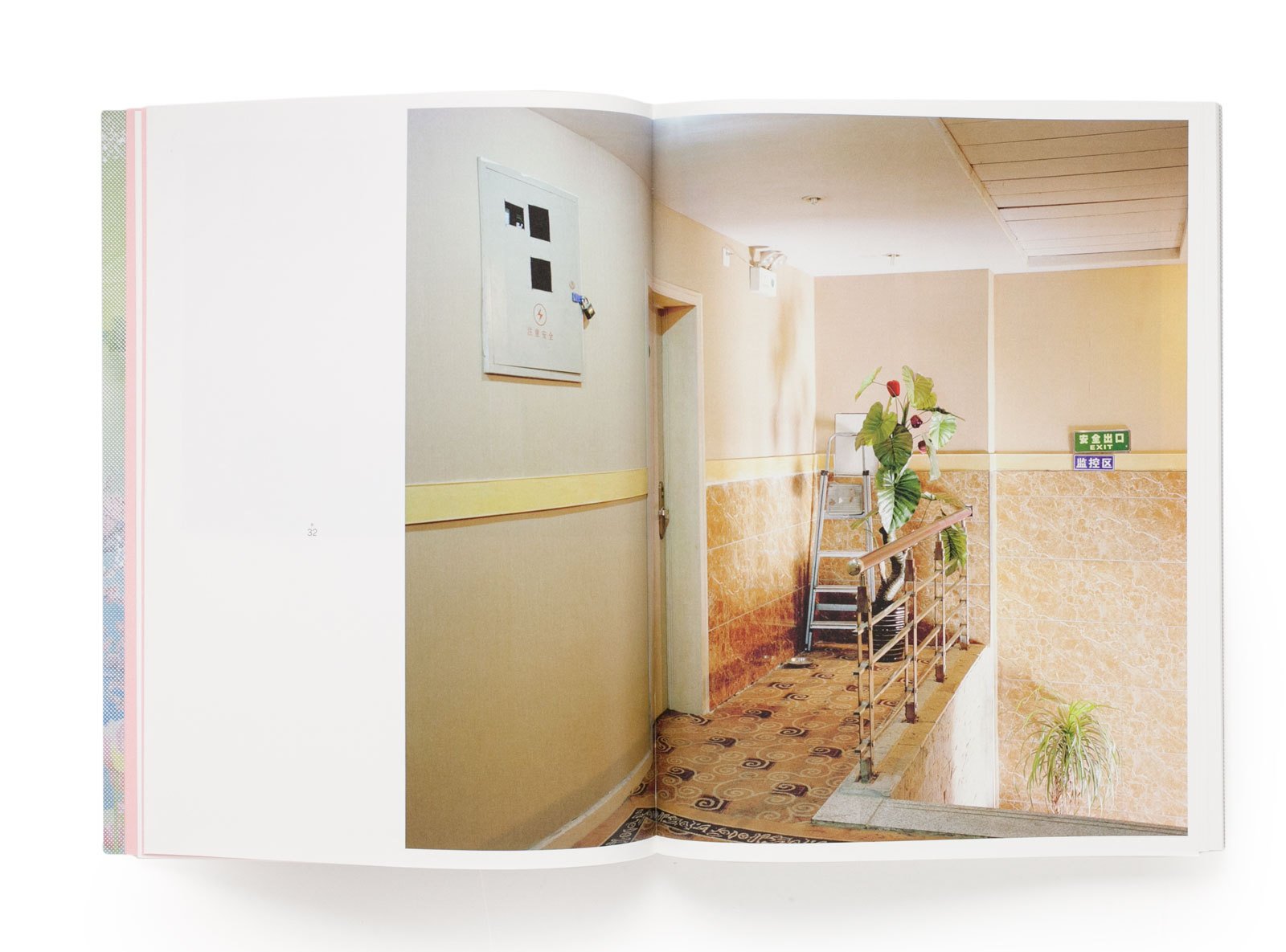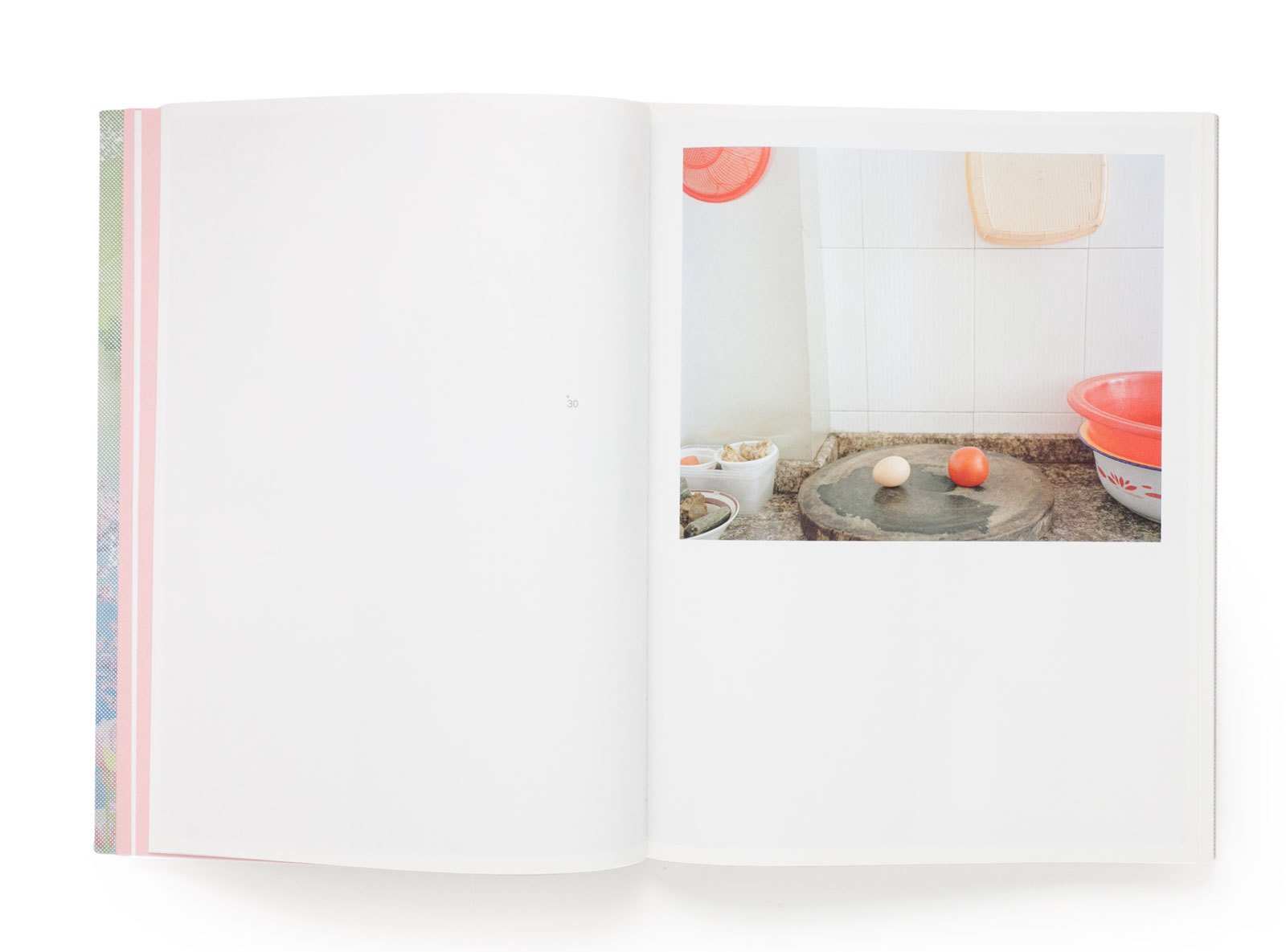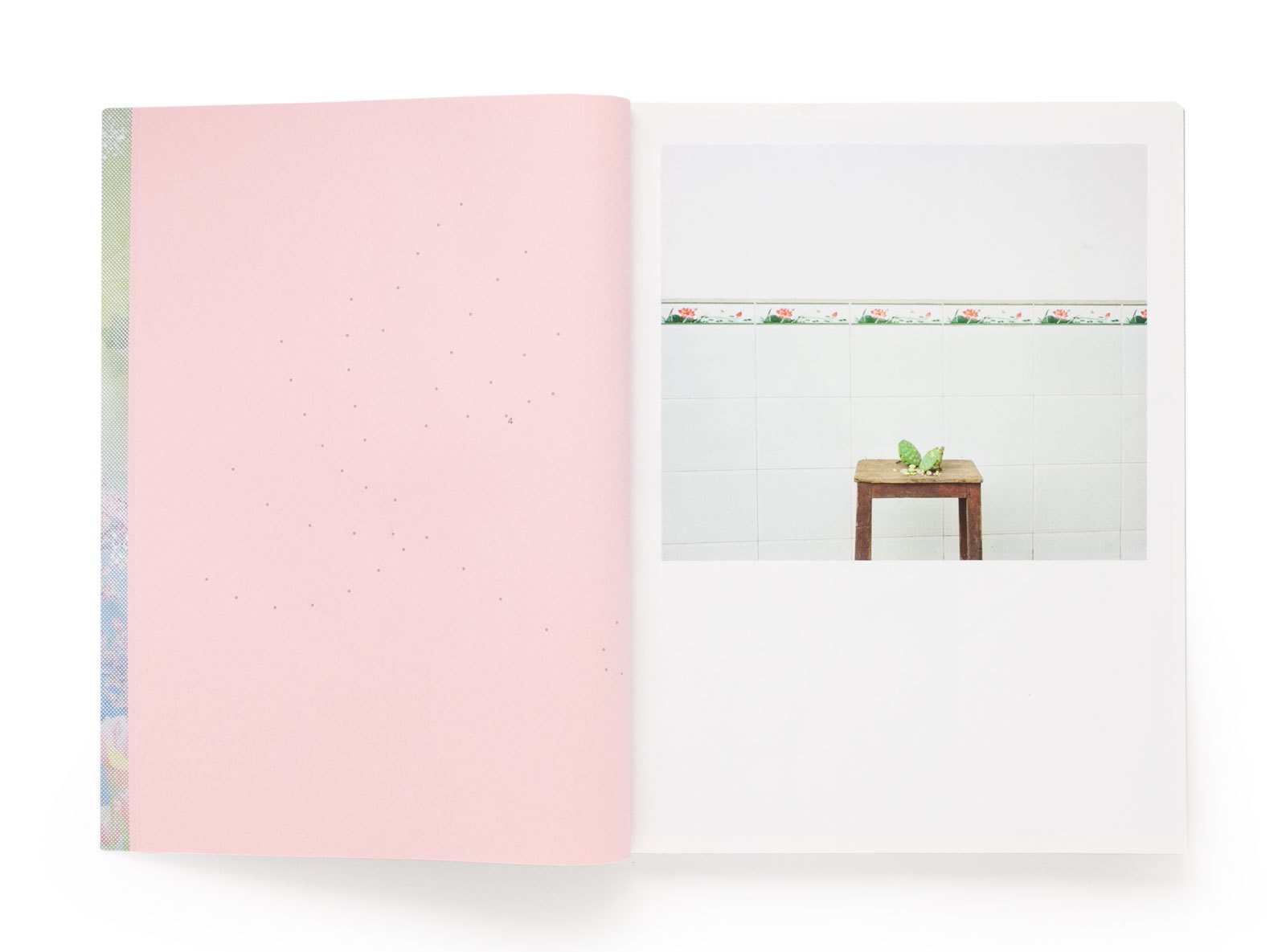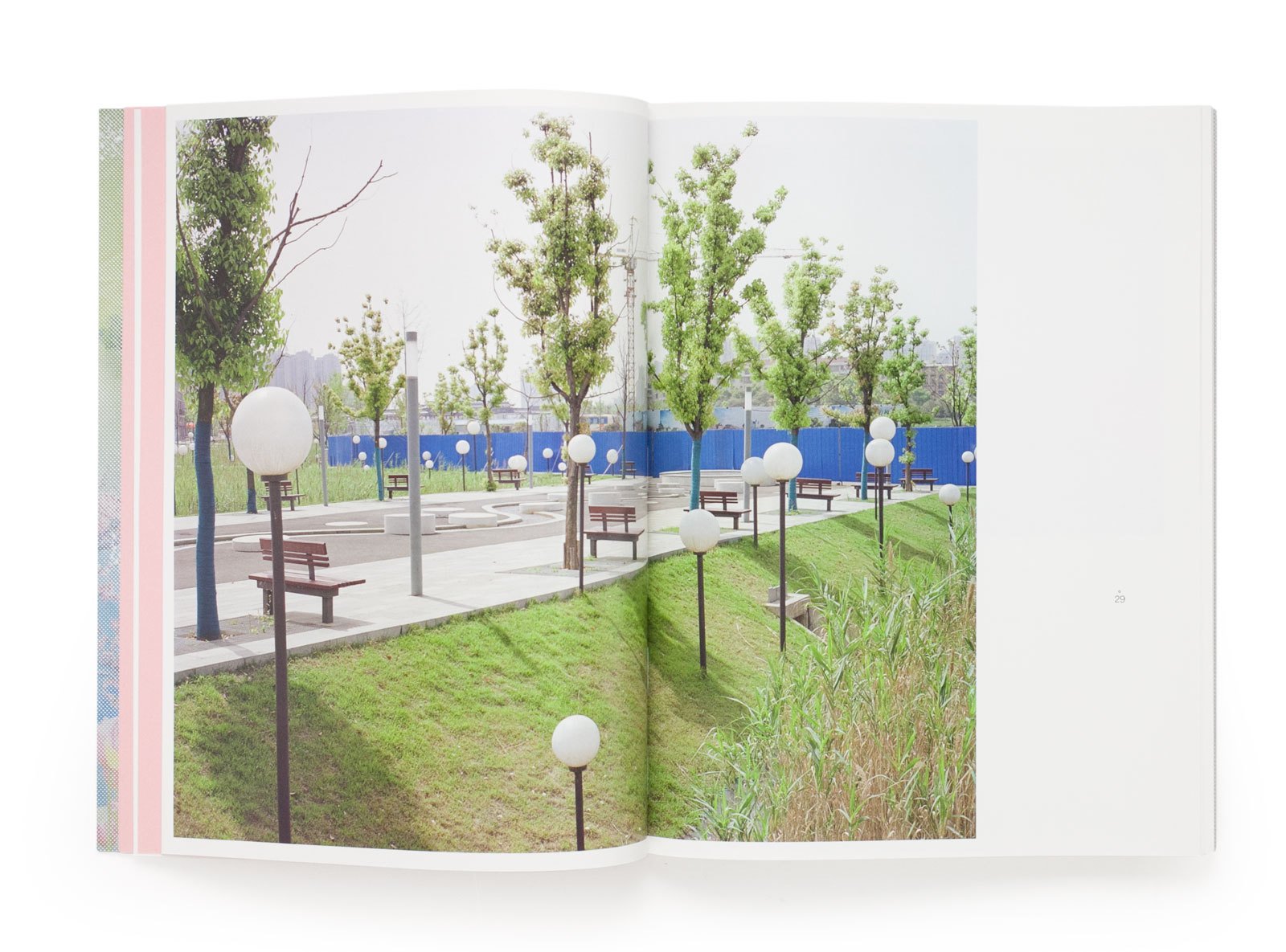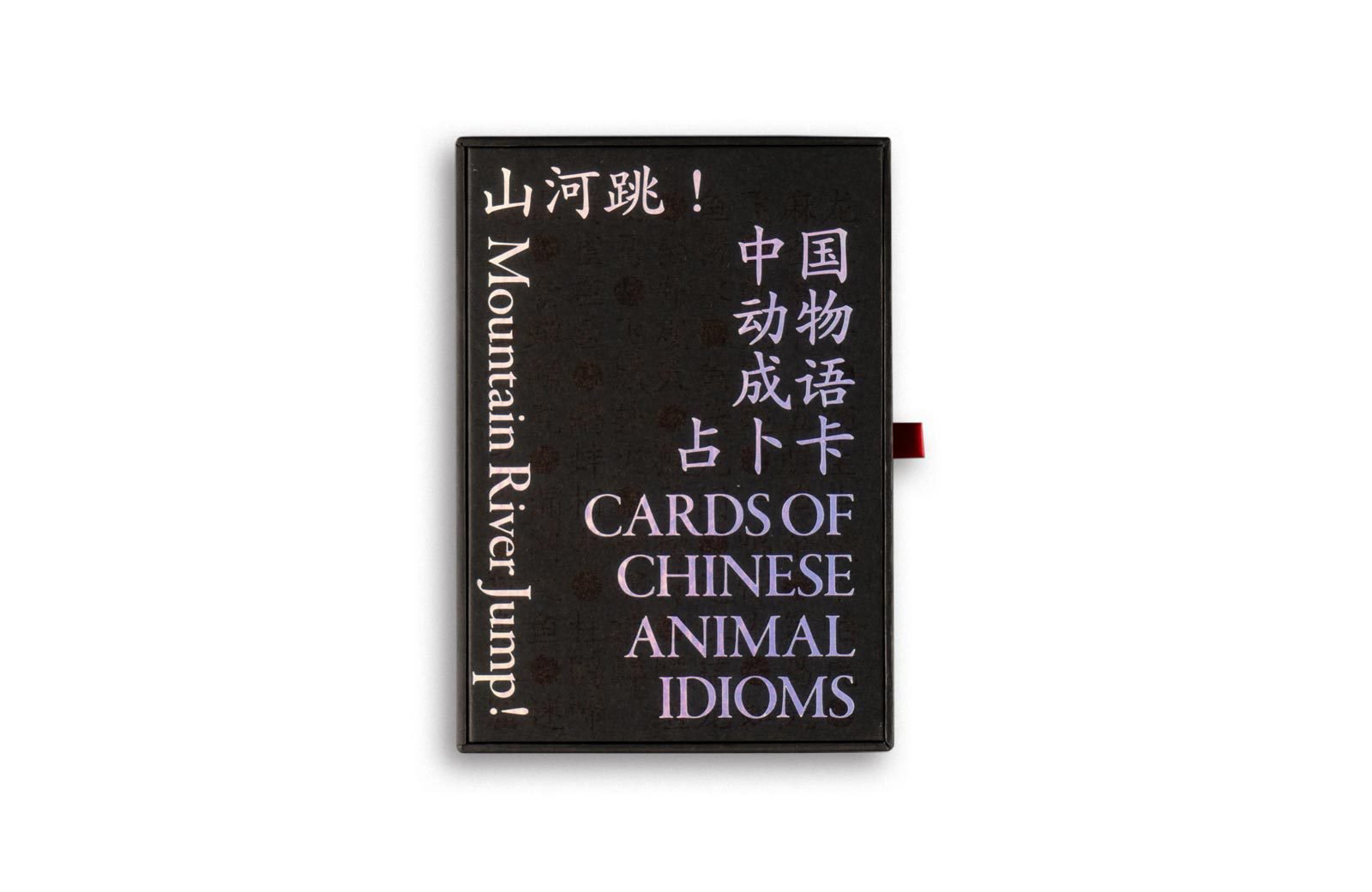404 Not Found / Li Yang
These photos were taken for a city in China called "404".
404 is just a code given to the city which has no another name, and it was and still is not marked on the map of China. This 404 city was built in the 1950s in China. During its days, there were about 50,000 people living there, but the size of which was no larger than one square kilometers.
404 was the earliest and the largest nuclear technology research base supporting the nuclear bomb projects in China. The establishment of 404 had made irreplaceable historical contributions to raising the international status of China in the world after the first explosions of the atomic and hydrogen bombs in China in 1964 and 1967 respectively.
Although small, 404 had all the governmental departments just like any other cities in China at the time bureaus of public security, land, public education and intermediate people's court, etc., all of these were built and run within such a small residential area.
404 was an isolated place in the Gobi desert. apart from the stones, only one type of plant called camel grass could survive naturally in the harsh desert environment, and all the trees in this place were grown through artificial cultivation.
When the city was first built, elites from all walks around the country were selected to move to 404. At that time, the city had gathered the country’s best nuclear scientists, technicians, chefs, teachers, doctors and so forth. They came here, built the city 404 with their bare hands from scratch in the Gobi desert, and they never left ever since. After half a century’s working and living there, these people died and they were also buried there in the end.
I am a third generation of 404, and every photograph in this series is related to my own experience and those of the people around me. The scenes include my kindergarten, my primary school which was the same school my parents went, the public bath which we used to go weekly and it was also an important social place for the local people, and the two poplar trees that I planted myself, etc. This was once our home, filled with life.
After half a century, people moved away from 404 at the beginning of 2000s, leaving deserted scenes everywhere. When I came back again with my camera and saw those deserted scenes, it struck me as if I was facing an entirely different world, feeling extremely familiar and yet very strange at the same time.
—
Published by Jiazazhi
Edition of 500
Format: 22.5 x 15.5 x 1.6 cm
Pages: 208
Year: 2019
These photos were taken for a city in China called "404".
404 is just a code given to the city which has no another name, and it was and still is not marked on the map of China. This 404 city was built in the 1950s in China. During its days, there were about 50,000 people living there, but the size of which was no larger than one square kilometers.
404 was the earliest and the largest nuclear technology research base supporting the nuclear bomb projects in China. The establishment of 404 had made irreplaceable historical contributions to raising the international status of China in the world after the first explosions of the atomic and hydrogen bombs in China in 1964 and 1967 respectively.
Although small, 404 had all the governmental departments just like any other cities in China at the time bureaus of public security, land, public education and intermediate people's court, etc., all of these were built and run within such a small residential area.
404 was an isolated place in the Gobi desert. apart from the stones, only one type of plant called camel grass could survive naturally in the harsh desert environment, and all the trees in this place were grown through artificial cultivation.
When the city was first built, elites from all walks around the country were selected to move to 404. At that time, the city had gathered the country’s best nuclear scientists, technicians, chefs, teachers, doctors and so forth. They came here, built the city 404 with their bare hands from scratch in the Gobi desert, and they never left ever since. After half a century’s working and living there, these people died and they were also buried there in the end.
I am a third generation of 404, and every photograph in this series is related to my own experience and those of the people around me. The scenes include my kindergarten, my primary school which was the same school my parents went, the public bath which we used to go weekly and it was also an important social place for the local people, and the two poplar trees that I planted myself, etc. This was once our home, filled with life.
After half a century, people moved away from 404 at the beginning of 2000s, leaving deserted scenes everywhere. When I came back again with my camera and saw those deserted scenes, it struck me as if I was facing an entirely different world, feeling extremely familiar and yet very strange at the same time.
—
Published by Jiazazhi
Edition of 500
Format: 22.5 x 15.5 x 1.6 cm
Pages: 208
Year: 2019
These photos were taken for a city in China called "404".
404 is just a code given to the city which has no another name, and it was and still is not marked on the map of China. This 404 city was built in the 1950s in China. During its days, there were about 50,000 people living there, but the size of which was no larger than one square kilometers.
404 was the earliest and the largest nuclear technology research base supporting the nuclear bomb projects in China. The establishment of 404 had made irreplaceable historical contributions to raising the international status of China in the world after the first explosions of the atomic and hydrogen bombs in China in 1964 and 1967 respectively.
Although small, 404 had all the governmental departments just like any other cities in China at the time bureaus of public security, land, public education and intermediate people's court, etc., all of these were built and run within such a small residential area.
404 was an isolated place in the Gobi desert. apart from the stones, only one type of plant called camel grass could survive naturally in the harsh desert environment, and all the trees in this place were grown through artificial cultivation.
When the city was first built, elites from all walks around the country were selected to move to 404. At that time, the city had gathered the country’s best nuclear scientists, technicians, chefs, teachers, doctors and so forth. They came here, built the city 404 with their bare hands from scratch in the Gobi desert, and they never left ever since. After half a century’s working and living there, these people died and they were also buried there in the end.
I am a third generation of 404, and every photograph in this series is related to my own experience and those of the people around me. The scenes include my kindergarten, my primary school which was the same school my parents went, the public bath which we used to go weekly and it was also an important social place for the local people, and the two poplar trees that I planted myself, etc. This was once our home, filled with life.
After half a century, people moved away from 404 at the beginning of 2000s, leaving deserted scenes everywhere. When I came back again with my camera and saw those deserted scenes, it struck me as if I was facing an entirely different world, feeling extremely familiar and yet very strange at the same time.
—
Published by Jiazazhi
Edition of 500
Format: 22.5 x 15.5 x 1.6 cm
Pages: 208
Year: 2019












